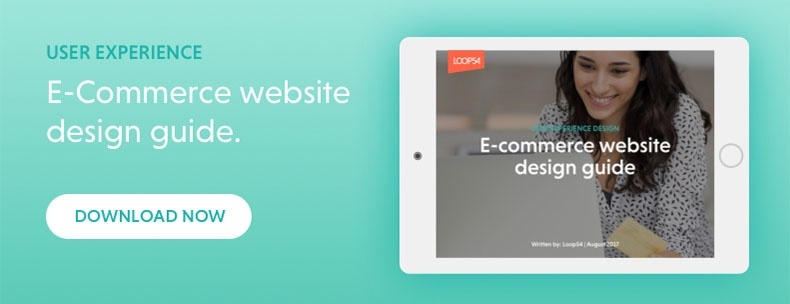What precisely is personalisation in e-commerce? The definition will differ somewhat depending on who you ask, but basically it is what it sounds like: making the shopping journey more personal – using automated technology. And making the user experience more relevant and appealing to the individual customer will result in both short-term and long-term gains.
On average, we are quite impatient when shopping online and will lose interest when we don’t find what we’re looking for right away. Sometimes the right product simply isn’t there – one site cannot cater to everyone – but a significant amount of drop-offs and a low conversion rate are worrying signs.
There are countless factors that could reduce bounce rates and improve conversion rates, but personalisation technology is high on the list of positives. Most online shoppers have come to expect a certain level of personalisation, even in B2B e-commerce.
Here are some basic, real-world examples of how an e-commerce customer journey can be personalised – from start to finish.
1. Personalised Marketing
A printed ad may focus on a specific target audience, but it can hardly be tailored on the individual level. Online, you can use tools such as remarketing to display specific products (elsewhere on the web) to a user based on his or her previous visit to your site. The same goes for newsletters to existing customers, but in the latter case you know even more about the customer.
2. Custom Landing Pages
When the user arrives on your website from an AdWords ad, a link in a newsletter or any other source that can be tracked, there are several ways to deliver customer-specific offers and content. Pop-ups with time-limited special offers, geolocation-based custom content and more can be implemented without extensive development. You can often use standard plugins or features built into the most common e-commerce content management systems.
3. Recommended Products
Serving product recommendations based on user behavior is another way to stay relevant and boost conversion rates. If the customer is registered and logged in, the recommendations can be based on his or her shopping history; if not, browsing and search history will suffice.
4. Customer Reviews
Asking customers for their opinions about the items they purchased at some point after the sale, is a polite way to remind them that you still exist. Also, product reviews by real customers are important social signals that could have a major effect on conversion. Since they are so valuable, many e-commerce websites offer incentives for user-submitted reviews.
5. Personalised Product Search
In some situations it makes perfect sense for a retailer to tailor search results to the individual shopper. For example, grocery consumers regularly buy the same products and would definitely appreciate their search results to reflect their personal taste and past purchase behaviour. Perhaps the overall best selling ice cream at Walmart is generic vanilla, but one regular shopper prefers Low-Cal Ben & Jerry's Strawberry ice cream, for instance. Sorting results according to personal taste would have a profound impact on that shopper's experience (i.e. instead of generic vanilla, this shopper would see Low-Cal Ben&Jerry's Strawberry at the top of results when they search for "ice cream"). The same could be said for most B2B e-commerce shopping experiences.



